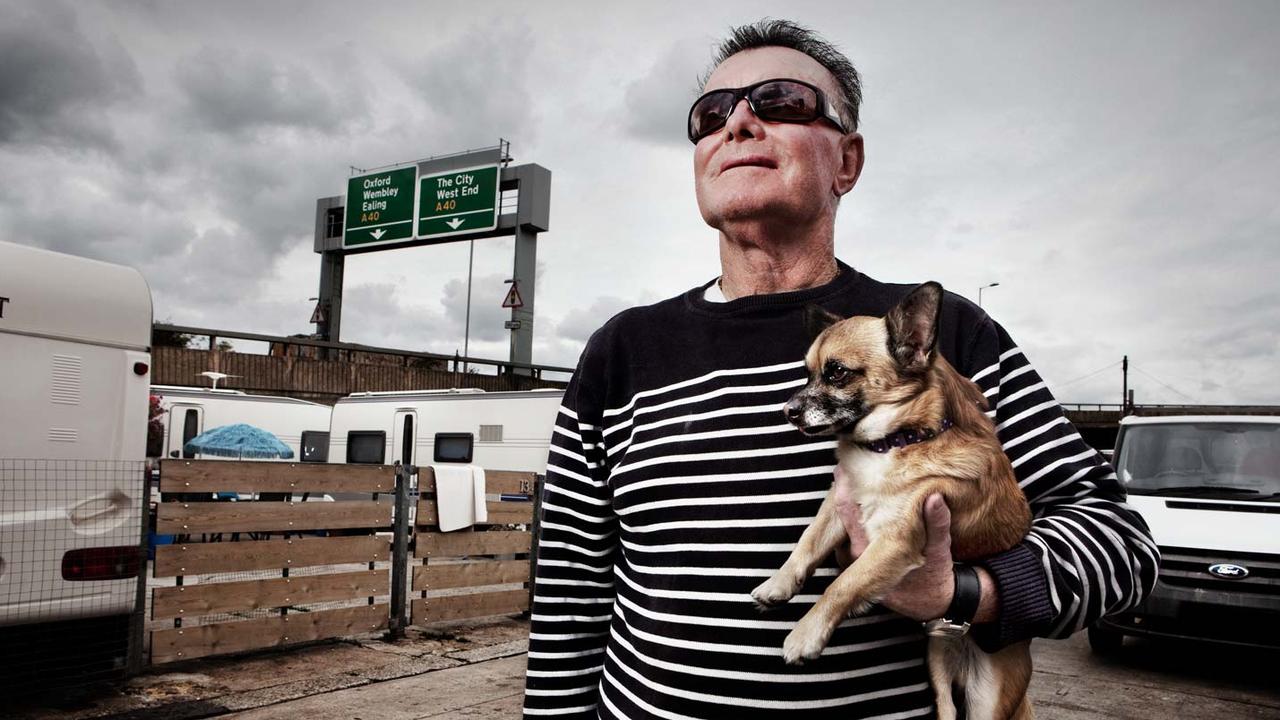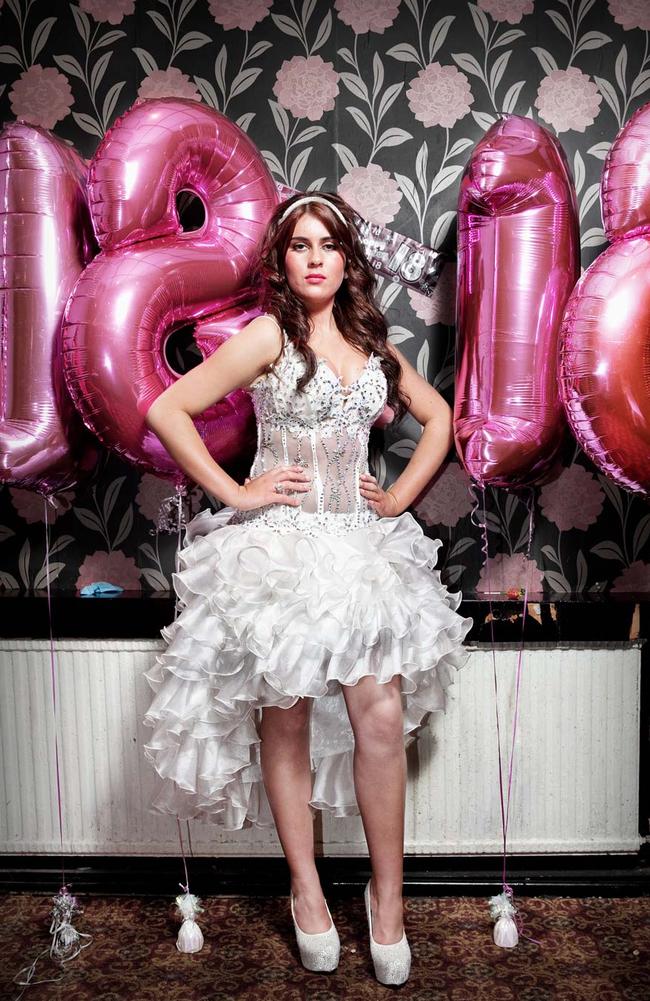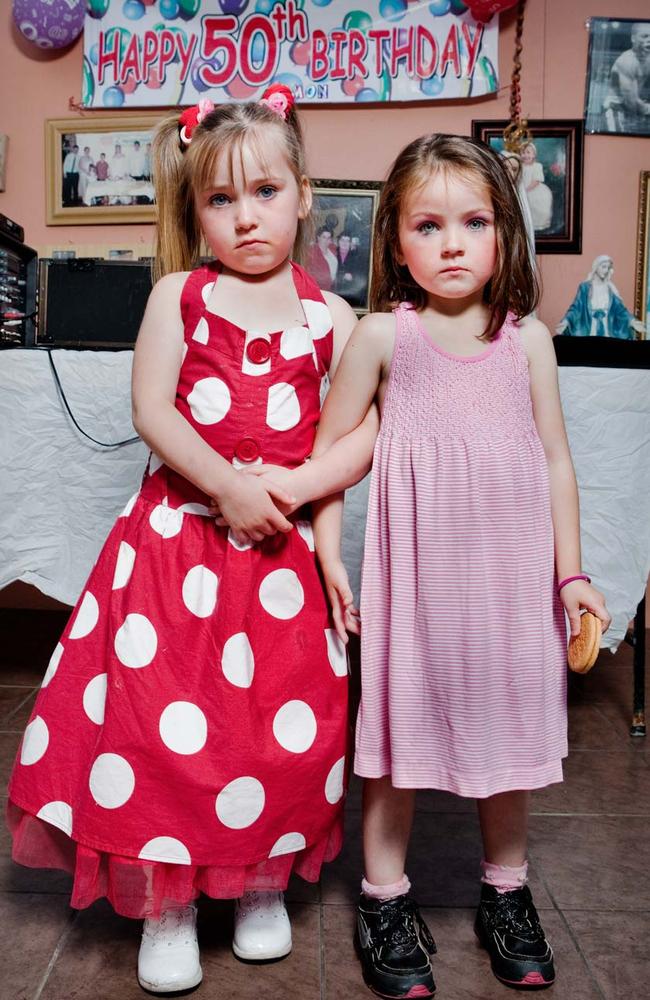Inside the private world of the ‘Gypsy Traveller’ community
The infamous ‘Gypsy Traveller’ community have been the subject of fascination. Now, a photographer has gone behind their closed doors.

Over time, the British ‘Travellers’ have appeared in headlines across the world for their unique lifestyle.
Also known as Gypsies, these communities are the subject of fascination to wider society, endlessly misrepresented, exoticised or mocked
Now, journalist Rachel Segal Hamilton and photographer Paul Wenham-Clarke have gone behind the closed doors of the modern day “Urban Gypsies” to understand the close-knit community.
*****
The Westway curls from Paddington to North Kensington, a colossal grey serpent, choking West London in its grip.
Like so many constructions of the 1960s and 70s, it can look irredeemably ugly to contemporary eyes but its conception was utopian.
This 5km of continuous concrete was built between 1964 and 1970 to alleviate congestion, an elevated, eight-lane dual carriageway leading commuters in and out of the capital, from the office in town to suburban bliss on the outskirts.

As with all developments, the project had its losers: some residents’ homes were cleared to make way for the new road. But one group remained.
Stable Way, near Latimer Road in the borough of Kensington and Chelsea, has been a ‘stopping place’ for Travellers since the 19th century.
Officially designated as a Traveller’s site in 1976, it’s now home to some 20 Irish Traveller families.

Early in the morning, as he drove along the A4 into London to work as an advertising photographer, Paul Wenham-Clarke would catch a glimpse of their static caravans and trailers, along with mechanics’ workshops, football pitches, stables, a school — a whole world thriving in this inauspicious setting.
In 2011 he set out to document the entire length of the Westway, but remained most intrigued by Stable Way.
Paul is Professor of Photography at Arts University Bournemouth and his university gave him time and funding to undertake this project.
Wary of aggravation, he adopted a roundabout approach, initially photographing everyone except the Travellers.

Each time, he’d casually mention his interest in photographing the Travellers. Eventually it paid off. Eight months into the two-year project, he received a call from Pat, a well-respected long-term resident of the Westway Traveller site. They agreed Mr Wenham-Clarke could photograph the Travellers, but only on their terms, covering family events or celebrations, always asking permission as he went.
As a result, many of the shots show the Travellers at formal occasions, christenings, anniversaries or birthday parties. This isn’t documentary photography in the candid tradition — it’s clear in the hands on sparkly hips or heads tilted towards the camera that they’re conscious of the camera and Wenham-Clarke’s use of lighting give the shots a sleeker feel.

But this makes it no less authentic, perhaps more in a way. After all, we now know that idea of the photographer as an impartial observer who hits the shutter and captures ‘what’s there’ to be a myth.
A photograph is the end result of many choices, from framing to editing. Through this close collaboration the Travellers are deciding how they want to be represented.
Travellers, also known as Gypsies, are a subject of fascination to wider society, endlessly misrepresented, exoticised or mocked, from Bizet’s sexy, dangerous Carmen to Brad Pitt’s comic turn as an incomprehensible bare-knuckle boxer in Snatch.


The best-known recent depiction is the TV series My Big Fat Gypsy Wedding, which invited us to gawp and sneer in ‘a narrative that’s part Stars in Their Eyes, part nature show’, as the author and former Travellers’ Times editor Damian Le Bas puts it.
Over the past decades, British Travellers have seen their right to culturally appropriate housing eroded.

The 1994 Criminal Justice Act took away special protections for Travellers’ sites and the 2016 Housing and Planning Act did away with protections for those with a ‘cultural tradition of nomadism or of living in a caravan’.
Today, the 17,000 Travellers estimated to be living in London are facing a housing crisis. As property developers circle, the Travellers of the Westway fear their time here is limited. And moving on most likely means moving away from each other.

There’s poignancy in shots in which the huge road looms above, or a young boy sits in a broken toy car. No longer able to live the nomadic life, the Travellers find shelter in the shade of society’s more sanctioned form of travel. But this interpretation doesn’t tell the whole story. It’s a common mistake among outsiders to think that Travellers are only Travellers if they’re on the go. London is their home.

What Wenham-Clarke’s pictures show is that Traveller life is fundamentally about community. On site, inside and outside blur, caravan doors swing open, kids play and leap, not a screen in sight. Freedom isn’t just the freedom to escape — it’s also the freedom to be together.
The book “Urban Gypsies” by Paul Wenham-Clarke, published by Hoxton Mini Press, is out now.



